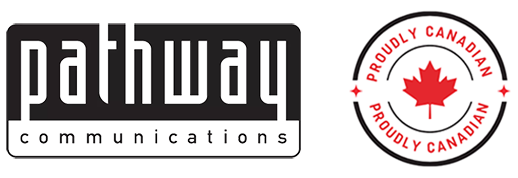3 easy ways to get more from your tech support
Hi-tech product & service companies recognize that providing technical support is not just to address user issues in areas such as installation, connectivity, compatibility or product registration. It’s a great place to harness and mine valuable customer insights and product data.
With the proper attention to data collection and tools like sentiment analysis, your business can discover meaningful insights for product expansion/development and marketing efforts. The good news is you don’t have to go far in search for product feedback. Your contact center agents will be hearing from your customers who are very willing to tell you all that you need to know! It’s a matter of what you do with the data.
Here are 3 ways you can convert customer maintenance at tech support level into continuous growth and improvement opportunities.
#1 Product /Service improvement:
When customer complaints or questions come in don’t file them as one-off user errors even though that could very well be the case. It’s always a good idea to pay attention to the data at an aggregate level. Once you do a frequency analysis, categorize tickets, and correlate the top drivers you probably have a pretty good idea as to the root cause of the issue or complaint. A spike in calls over a particular issue can point out to the product development team something that might need to be re-engineered.
#2 Cost reduction at support line:
If your support agents are dealing with several calls a day on a specific issue, it might be worth doing an exercise to quantify the savings that could be effected if the complaint is addressed at a product development level considering the time tech support is spending on it. Besides, if after a long period of regular dissatisfaction, the issue is fixed at the product engineering level you’re going to have a lot of relieved and appreciative customers. Adopting the ITIL framework (or another similar framework) does have advantages, mainly the opportunity for continuous improvement, be it to train staff, improve a product, or fix a process and will provide a blueprint for improving your product throughout its lifecycle.
ITIL methodology and processes enable you to catalog issues at Tier I level. However, not all communication from end users needs to be brought to the developer’s attention. Many high volume calls can be attributed to process issues that are often resolved with simple automation and can be safely filtered out. Focus on developmental issues to get to the ticket drivers that matter most.
#3 New product lines/new markets:
Also remember, mining your customer feedback provides a knowledge base which can lead to new market opportunities. Often the reason customers are calling is because they are not using the product the way you intended. Right or wrong, collecting this information could yield valuable insights by providing unique use cases and, in some cases, exposing opportunities in new market segments. Rather than waiting for customer feedback, your support agents (who likely got to field test releases ahead of end users) are in a strong position to detect new features or uses which can enhance the product or pave the way for a new entrant in the market.
A word of advice on getting there.
Use an ITSM to track issues. Your ITSM ticketing system is a database. What we’ve proposed above is simply mining it for something other than service metrics. There are expensive tools out there in the market but don’t discount the simpler solutions. Before buying an expensive analytics package try throwing the data into a spreadsheet and do some simple pivot tables to see what it comes up with. The results might surprise you.
Comments are closed, but if you would like to discuss opportunities for expanding your technical support contact centre into a business intelligence gathering unit, email the pathway team ctogroup@pathcom.com

